UNDER THE SURFACE | Why Piedmont is destined to be the world’s top wine region
Matthew Jukes has worked in the UK wine business for over 35 years, and has been writing about wine for over two decades, during which time he has published 14 books. He now concentrates on a handful of comprehensive annual reports covering Bordeaux, Burgundy, Australia and Piedmont. Here, he argues that of all the fine wine regions in the world, Piedmont is the most under-appreciated and misunderstood…
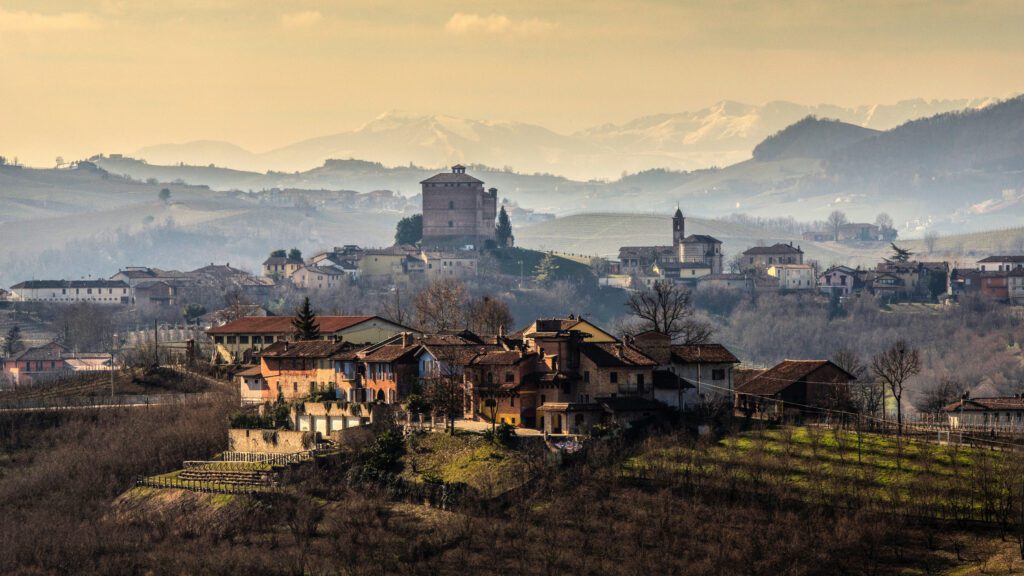
I firmly believe that in my lifetime, Piedmont will be recognised as THE great red wine region of the world. If you look at things from a truly global perspective, the flavour of Nebbiolo, in the right hands, is the bullseye of red wine – gorgeously, luxuriously fruity but also refreshing, with a haunting perfume, and not necessarily marked with oak. It ticks all the boxes. Yet I don’t yet see that same level of interest and enthusiasm among consumers or even among the wine trade.
I feel like there’s a slight fear of the wines. The top wines are not cheap, so I suspect people think to themselves, ‘I don’t quite know what I’m doing here, so I’ll stick to Bordeaux/Burgundy/Rhône/Rioja/Tuscany.’ Then there’s the broad stereotype of Barolo – that it’s massively tannic and you can’t touch it for 15 years. That’s now completely inaccurate, and doesn’t bear any relation to the style in which the best wines are made. While some wines from old-fashioned producers might still correspond to this image, the best are beautifully layered and unbelievably texturally appealing, with great tension and freshness at the back of the palate.
‘I couldn’t have written this
MATTHEW JUKES
report 15 years ago. There simply
weren’t enough good wines’
There’s been huge improvements in winemaking right across the world over the last couple of decades, in line with the classic recipe – cleaner ferments, less harsh extraction and more sensitive oak handling. But it’s only been in recent years that Piedmont winemakers have had the confidence or the feedback from the market to follow this path. So they’ve come to it a bit late.
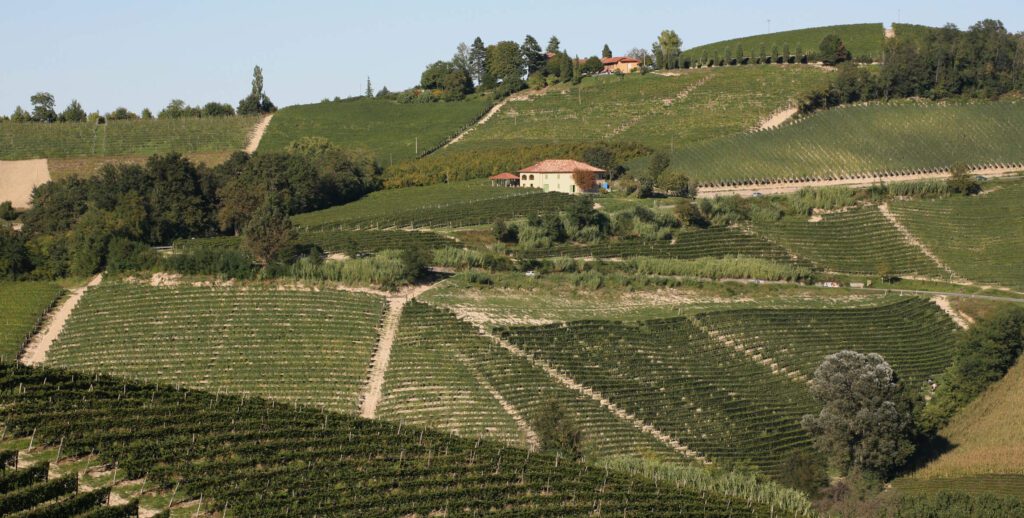

The trouble was, no-one was going there, meaning winemakers were reliant on existing customers, who accepted the old style of wines, or local restaurants who didn’t appreciate that the wines could be so much more engaging and globally appealing. I started compiling an annual report on the region’s best wines 10 years ago, and I sent it to all the major UK brokers. Back then, few of them bothered to travel to Piedmont, apart from to see the big names. Now, every team goes there at least once a year. They now know that the wines are stunningly gastronomic, the region is beautiful, the food is some of the finest on earth and it’s easy to get to.
The thing with Piedmont is that it’s a Willy Wonka playground of delights. The wines from a single producer can either be incredibly precocious and utterly delicious to drink at three-four years old; or twice the price and worthy of ageing for 20 years. But for too long, no-one knew about these nuances – which is why I decided to document it all in an annual report.
I try to do the opposite of Bordeaux en primeur, which is all about tasting a very young, incomplete wine at one moment in time and reducing it down to a note and score. With Piedmont, you can’t do that. I love the three-dimensionality of the region – producer, vineyard and vintage. The producer is always the most important element – which are the ones to go for, and which wines? There’s a vast array of different styles, largely down to the winemaker’s personal tastes, or the hamlet in which they live. Are they on the Serralunga side or the La Morra side? And how do they manage that in their wines?
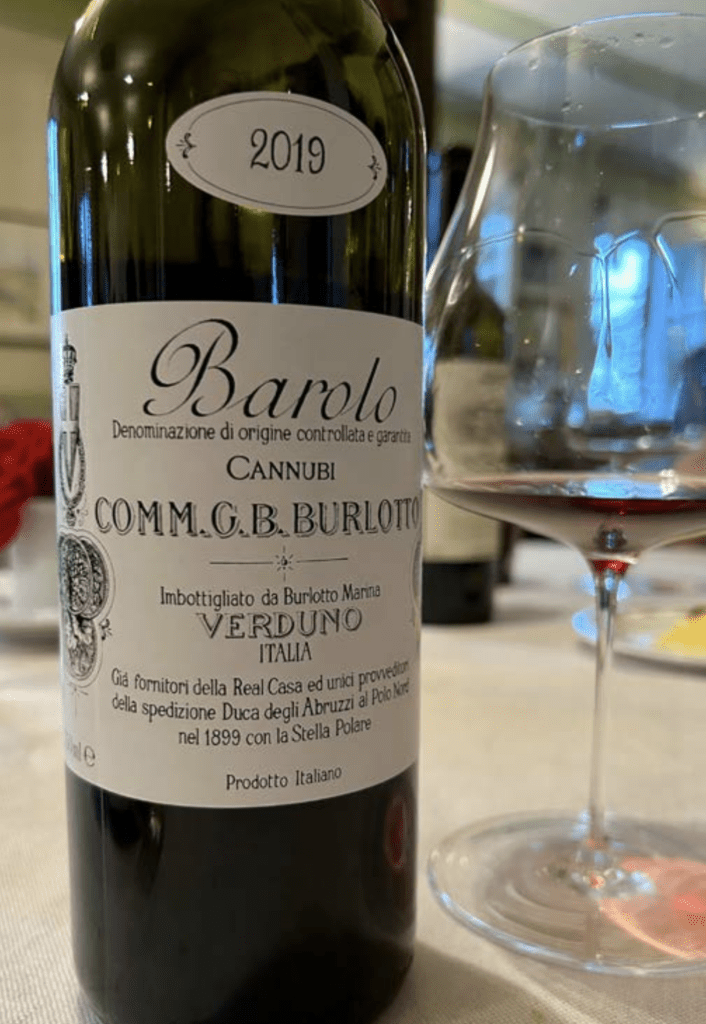

Then, of course, there are people working with vineyards across the region who make an estate wine – a blend. These are sometimes the easiest wines to understand because they’re softer, rounder and more forward, so you can understand the producer’s style more quickly, and identify whether you want to follow them. Ultimately, it’s like fashion – you search for the person who cuts their cloth to fit your palate.
If the producer is the most important element, the vintage is the least important. Like anywhere in the world, if you have a great winemaker and a great viticulturalist, the weather conditions are the thing you’re least worried about. Even in so-called ‘weak vintages’, great producers make great wines. Yet that’s the thing that other commentators get extremely excited about. They write off Bordeaux before grapes have even been picked. It’s ridiculous.
I don’t do a vintage overview in my report for that reason. It’s irrelevant. Vintages move at different paces, and it’s not always possible to cast a uniform verdict across them. That’s why my Piedmont report covers a string of vintages. In Piedmont, it’s more about plots of land, like it is in Burgundy. And yet no one seems to have figured that out in Barolo and Barbaresco. Because I’ve been doing it for such a long time, I’m inching closer to understanding this hugely complex and fascinating terrain. Each ‘village’ has its own personality, and like Burgundy, they are divided into a multitude of plots. And once you get to know them, you can overlay the character of the winemaker on top, like transparencies on an old-fashioned projector. But that’s completely alien even to experienced wine drinkers – they just don’t know that, and it’s not an element of the wines that is talked about.
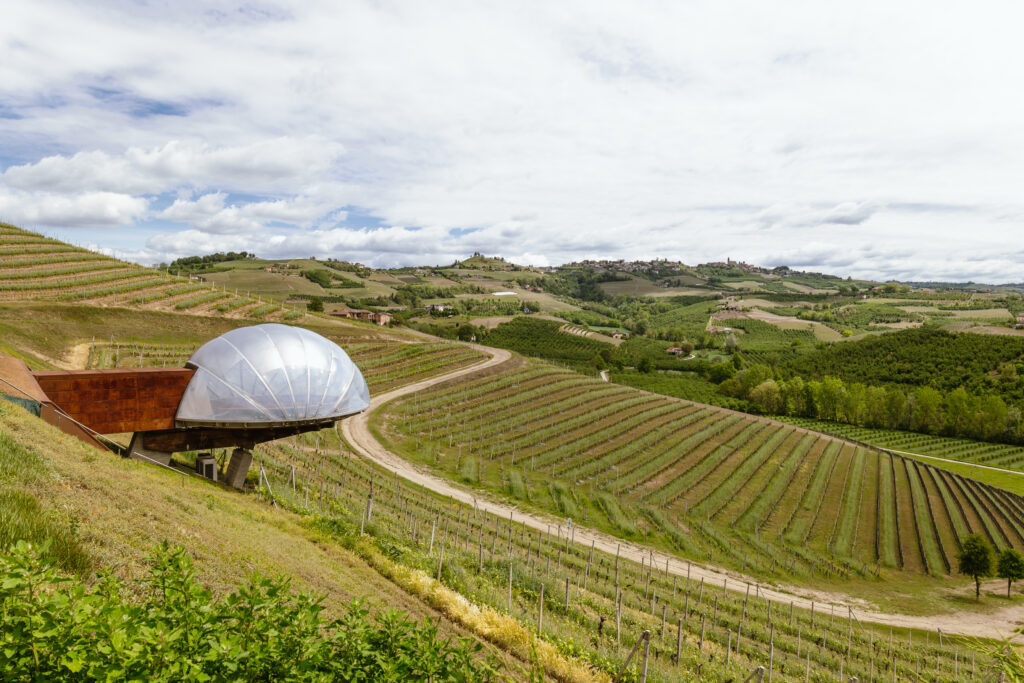

I’ve been following Barolo and Barbaresco for 38 years but I haven’t properly enjoyed the wines until the last decade or so. In the old days, they were all stringy and sinewy, medicinal and oaky. Then Robert Parker came along and screwed it all up by telling everyone they needed to extract more and use more new oak, which was absolutely ridiculous. Now everyone’s finally realised it’s all about the vineyard – and you can’t taste the soil if you’re going to mask it with oak. So most prescient estates employ large foudres for ageing, and they’re looking after their viticulture like never before. The wines have perked up and become truly expressive. Before, you’d be trying to argue that even though they taste awful at the moment, the tannins would eventually fade away, whereas now I find myself writing tasting notes that sound like Burgundy.
I don’t think I could have written this report 15 years ago. There simply weren’t enough decent wines. The change has been profound. Winemakers have embraced the absolute notion of place and come to the conclusion that they’re sitting on hallowed ground. Piedmont is indeed a conundrum, and one that I feel is worthy of forensic investigation. I’ve only scratched the surface, but I can tell you that no wine region is more beautiful or gastronomically enticing. For me, it’s the last great wine region on Earth.
Matthew Jukes’ 2024 Piedmont Report, spanning 400 pages and more than 2,000 wines, is available to members of his website, matthewjukes.com
Not a 67 Pall Mall Member? Sign up to receive a monthly edit of The Back Label by filling out your details below
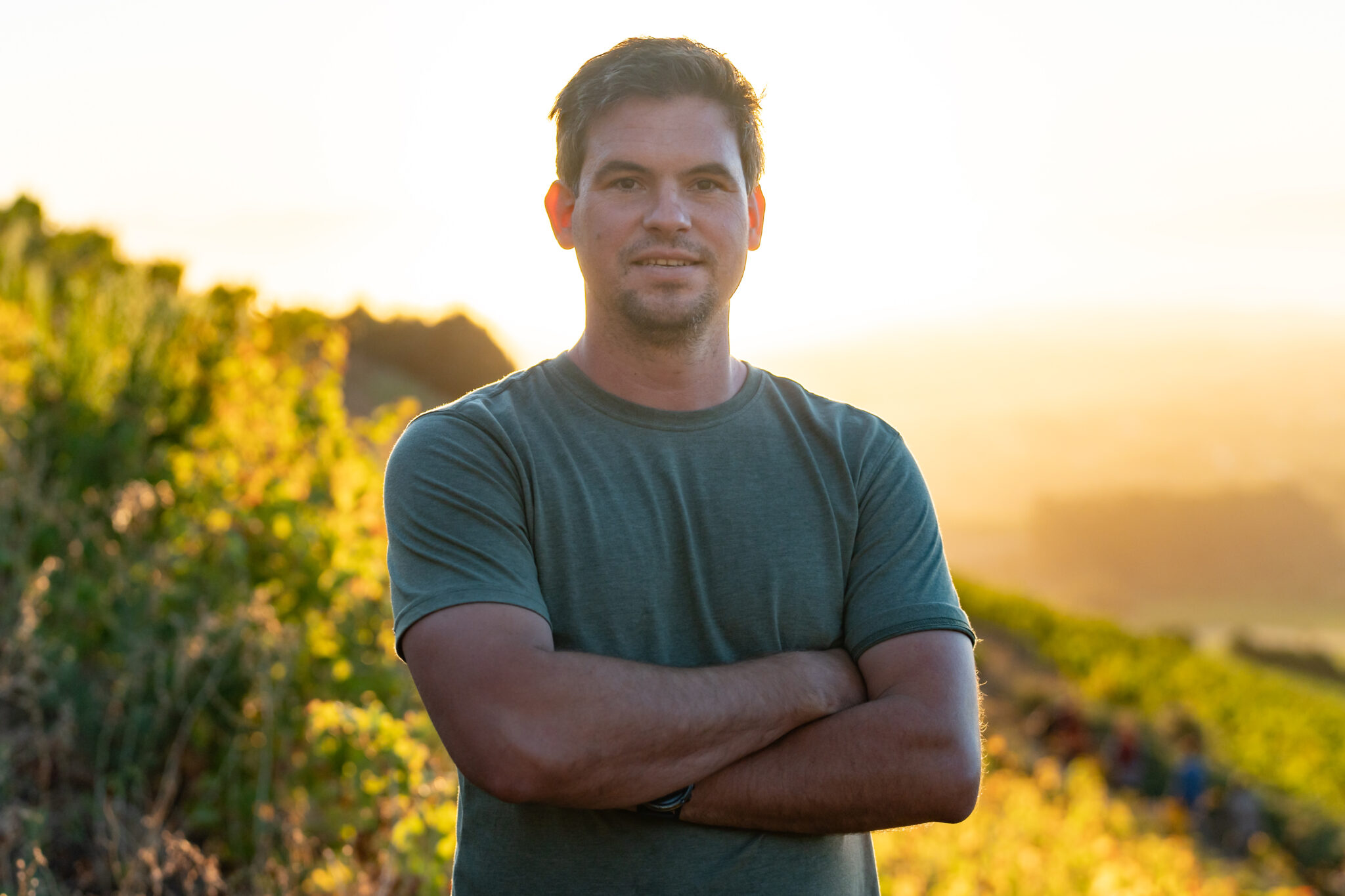

IN
THE
VINEYARD
Klein Constantia, South Africa
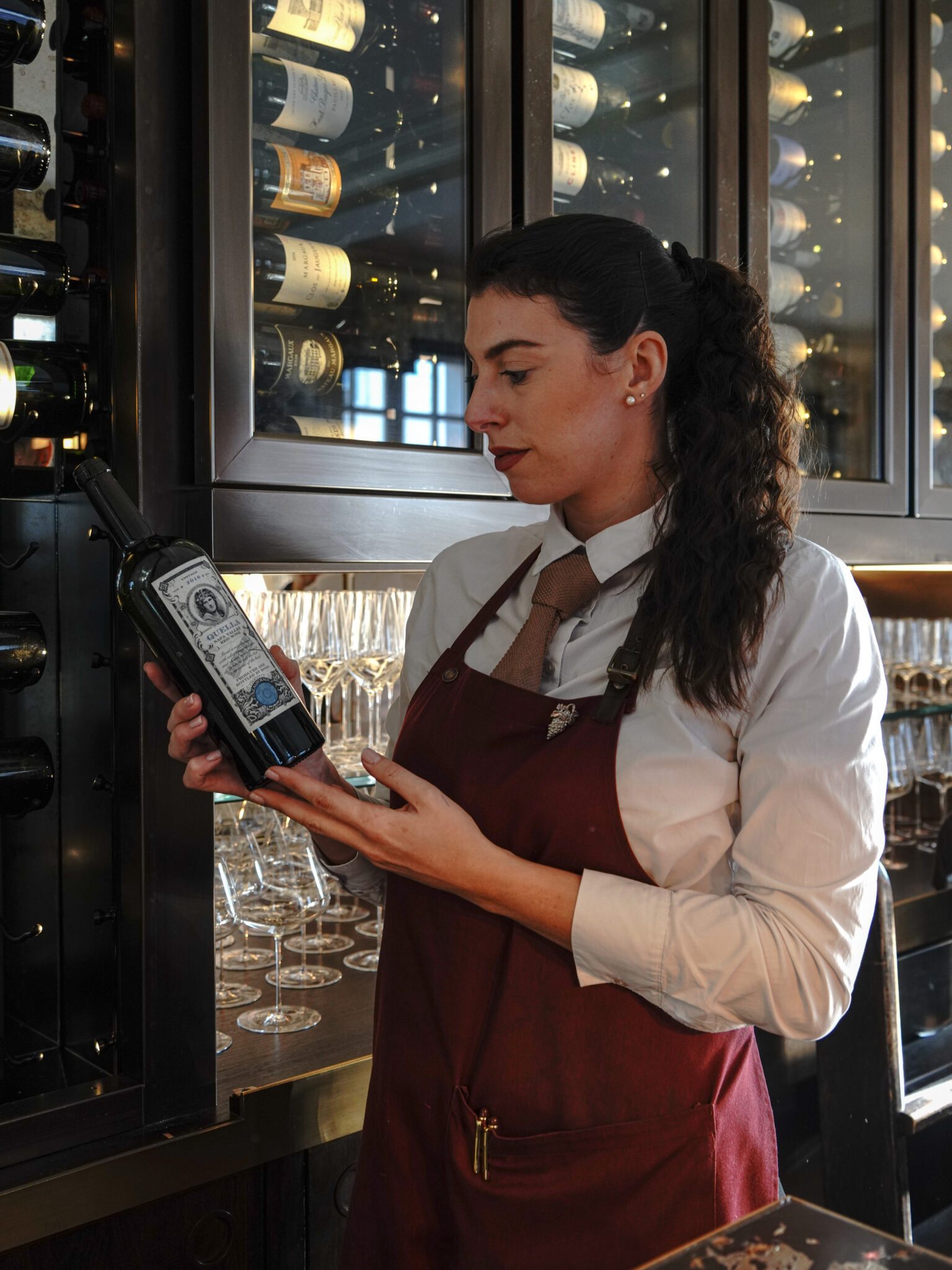

ON
THE
LIST
Mariachiara Faccin
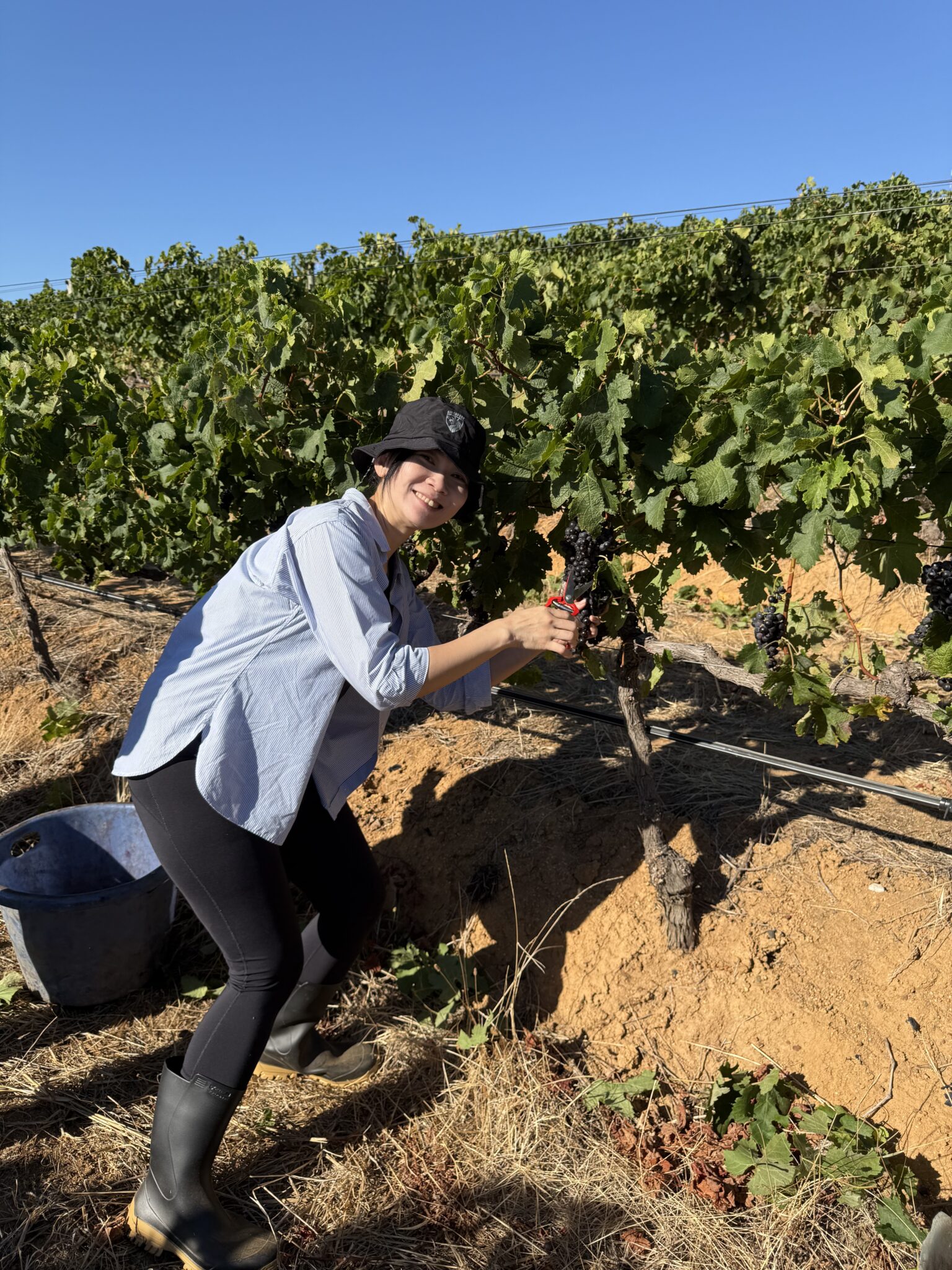

ON
THE
ROAD
Bonnie Yap in South Africa
